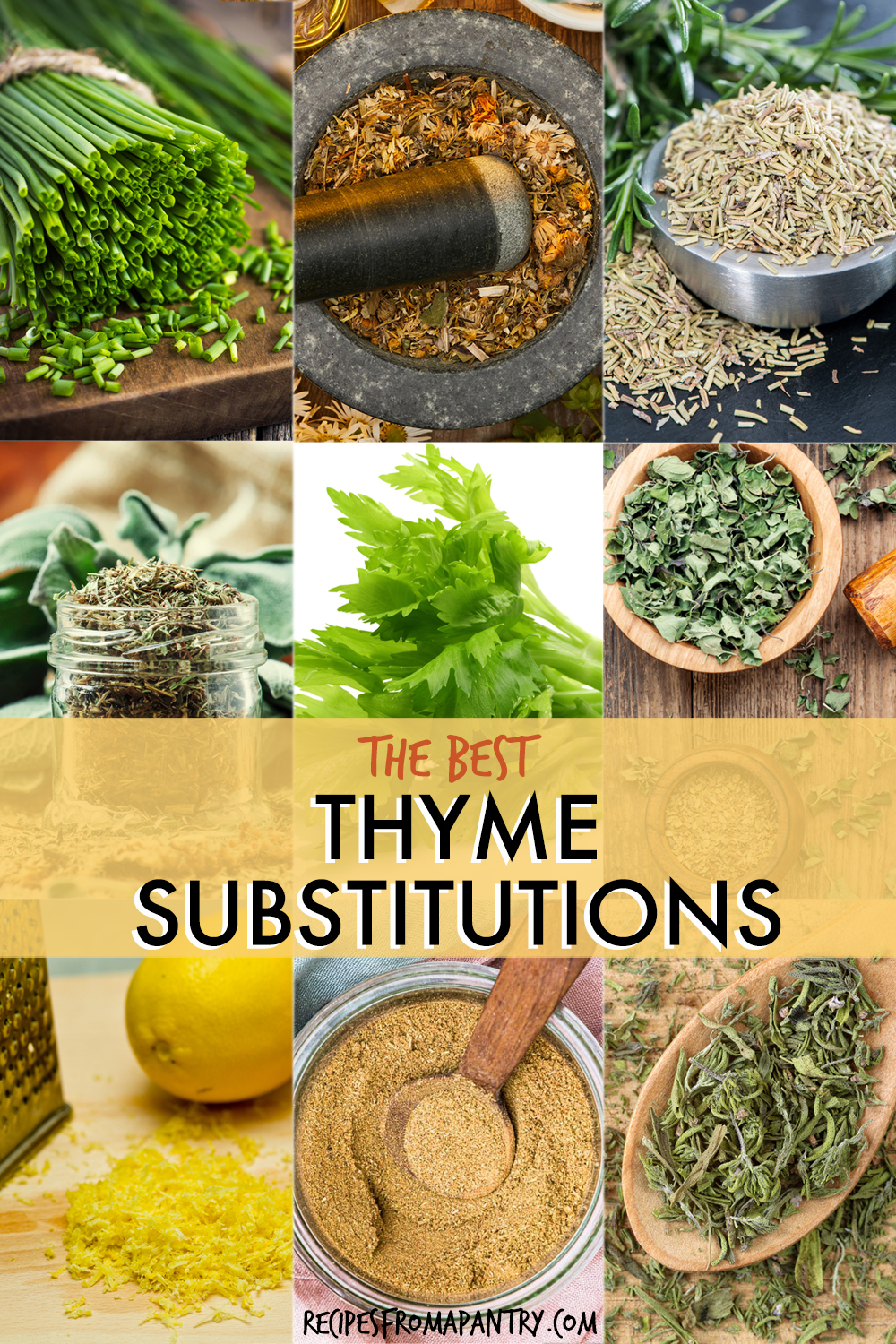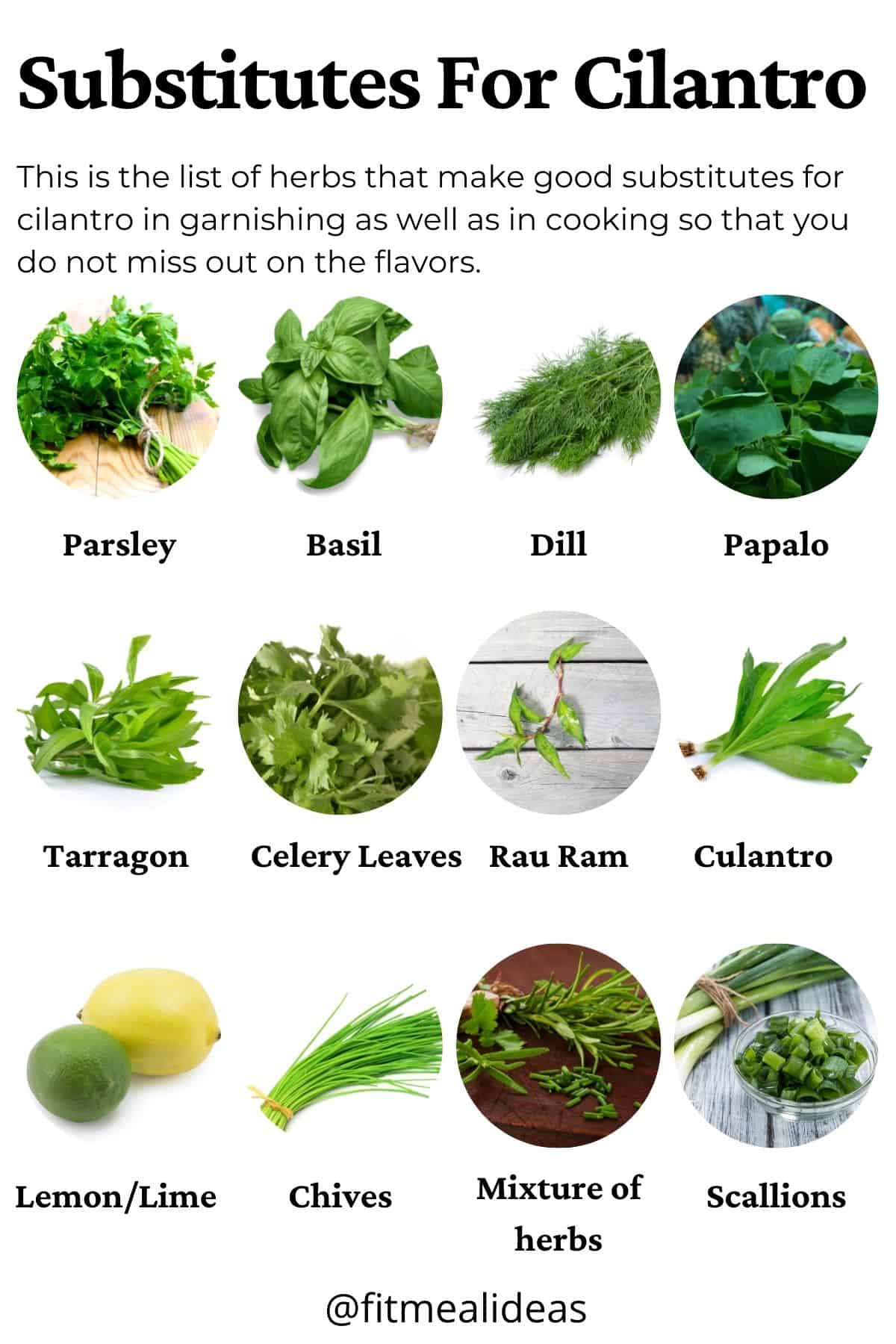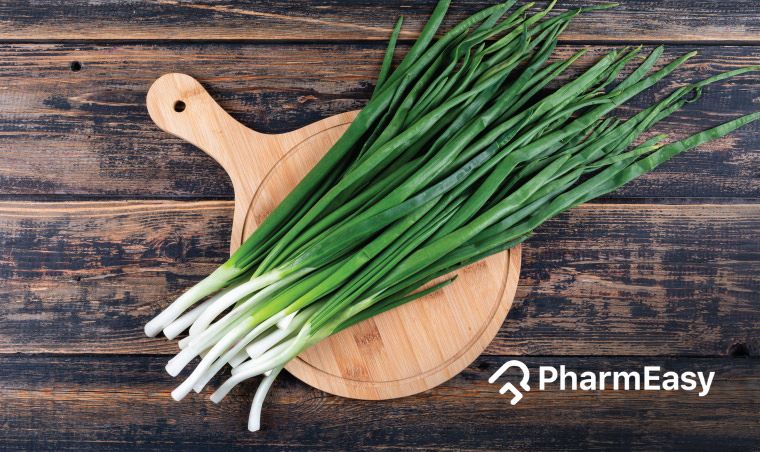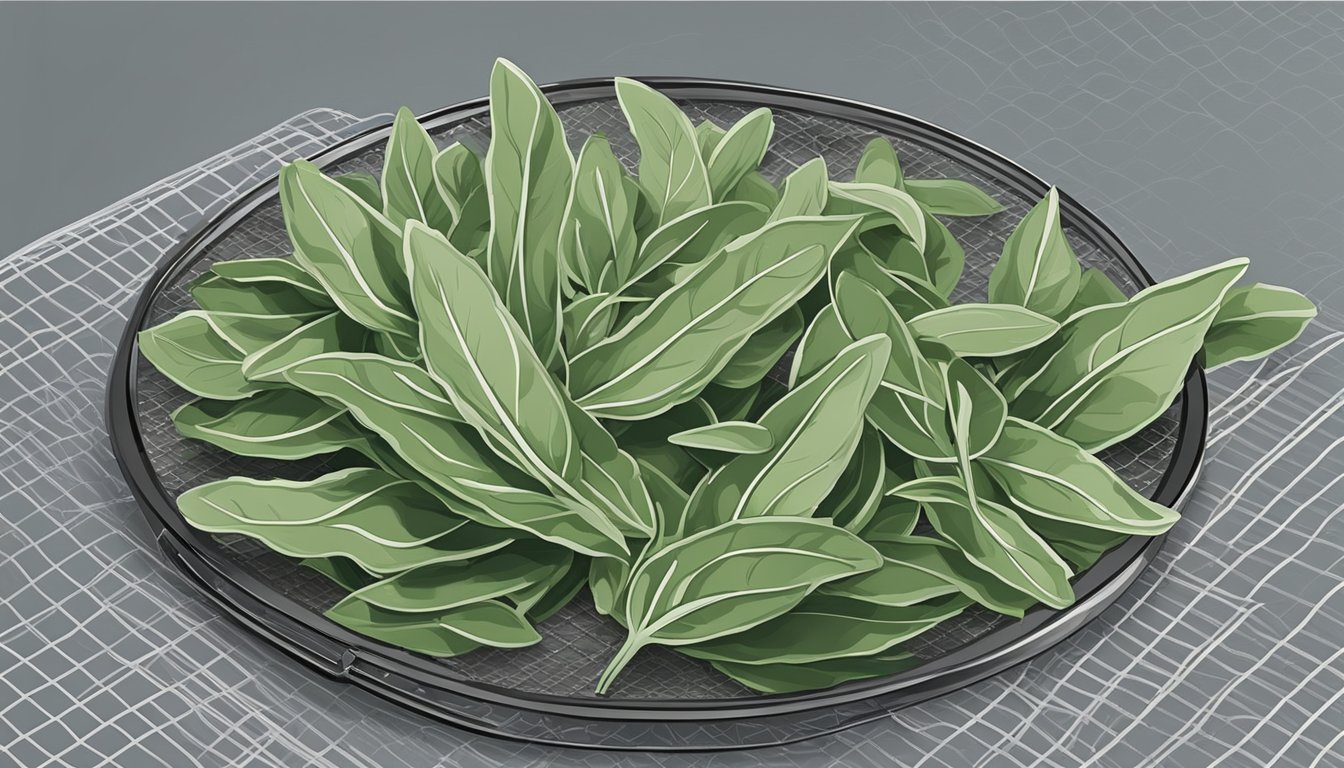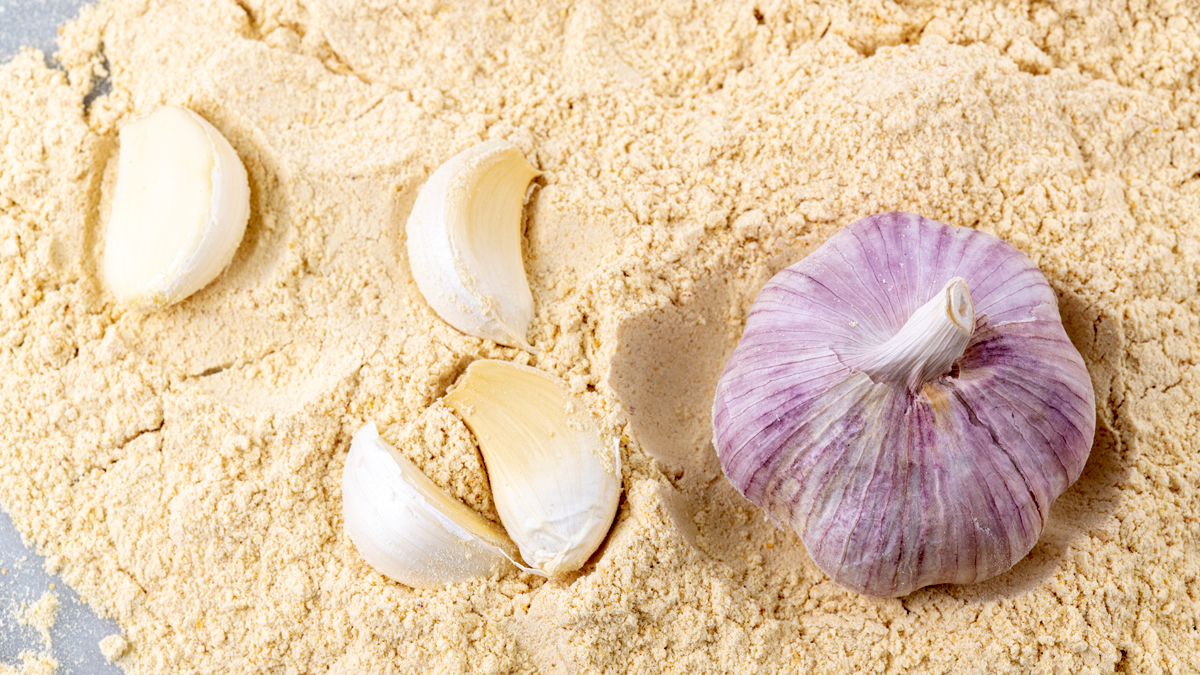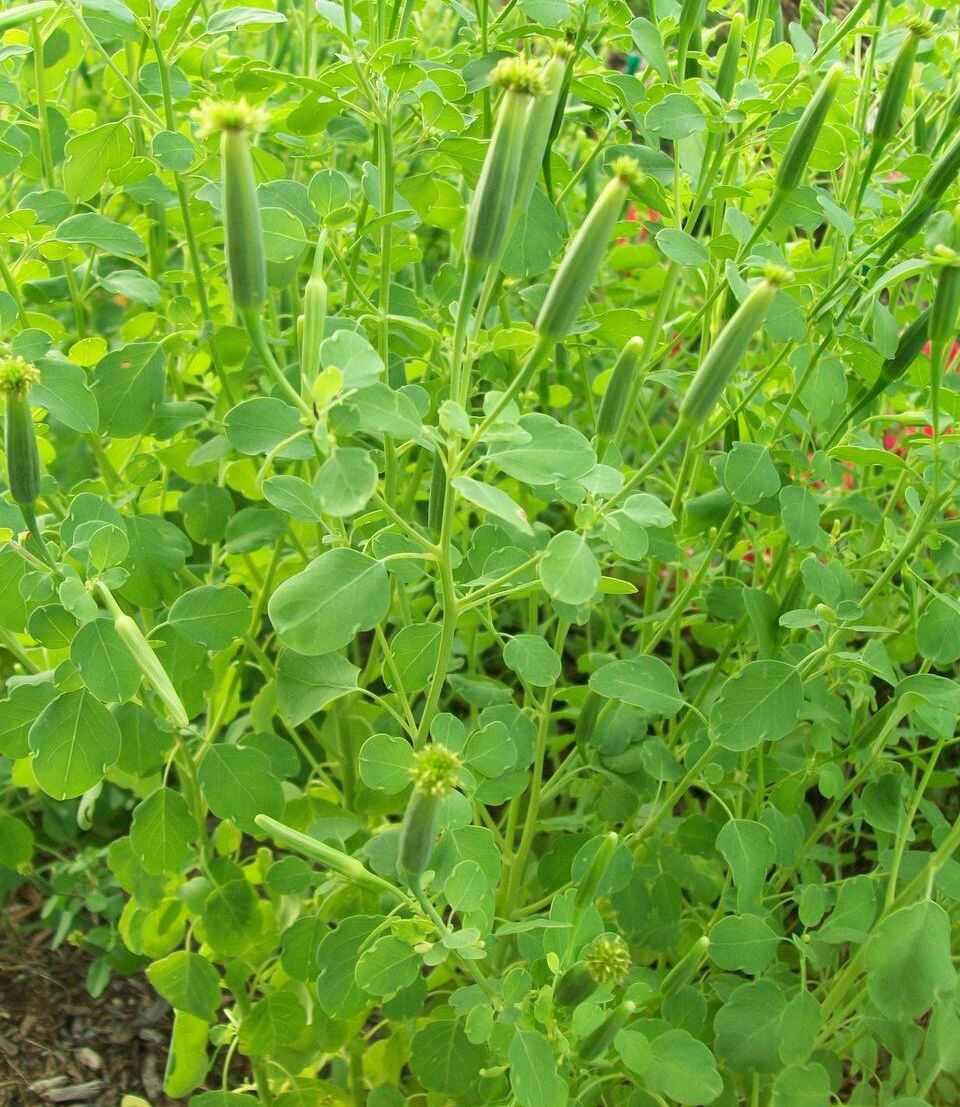Thyme Replacement: Discover Flavorful Alternatives for Culinary Delights
– Thyme is a warm, woody spice related to mint and oregano.
– It is a key ingredient in Mediterranean and French cuisines.
– Fresh thyme can be substituted with similar herbs like oregano, marjoram, and rosemary.
– For dried thyme alternatives, a 1:3 substitute of fresh thyme can be used.
– Thyme can also be substituted with blends like poultry seasoning, za’atar, and herbs de provence.
– In French onion soup, thyme can be replaced with herbs de provence, bay leaf, or oregano.
– Sage does not fully replace the flavor of thyme, but a blend like Italian seasoning that contains both thyme and sage can be used.
– Thyme has a strong herbal flavor with floral notes similar to lavender or rosemary.
– Thyme is versatile and can elevate the flavors in various dishes.
